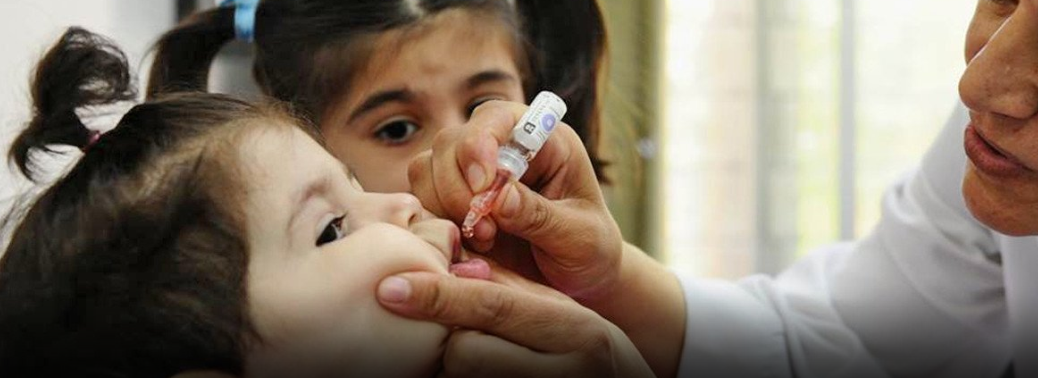Type 2 Polio Virus Contamination
06, Oct 2018

Prelims level : Science and Technology
Mains level : Science and Technology- Developments and their applications and effects in everyday life
In News:
- The Union Health Ministry has ordered an inquiry into the type-2 polio virus contamination detected in the vials used for immunisation in Uttar Pradesh, Maharashtra and Telangana
Indian Scenario:
- The last case due to type-2 wild poliovirus globally was reported from Aligarh in India in 1999
- India was declared polio free in 2014 and the last case was reported on 13 January 2011, when a person from Howrah was infected with type-1 polio virus.
- India eliminated the type-2 strain in 2016, and the type-2 containing poliovirus vaccine (ToPV) was phased out in April 2016. Children born after April 2016 in India have no immunity to type-2 polio virus.
- Traces of polio type-2 virus were found in some batches of oral polio vaccine (OPV) manufactured by a Ghaziabad-based pharmaceutical company. The Drugs Controller General of India has also asked the company to stop manufacture, sale or distribution till further orders
- According to a Health Ministry source, the contamination came to light after surveillance reports from Uttar Pradesh showed signs of the virus in stool samples of some children.
- The government, which has stepped-up surveillance after the breach
- The continued occurrence of polio cases caused by type 2 vaccine-derived poliovirus is the reason to implement the switch from trivalent OPV to bivalent OPV in routine immunization programmes, even before the remaining strains of wild poliovirus are eradicated
Polio virus:
- Poliomyelitis is a crippling disease that results from infection with any one of the three related poliovirus types (referred to as types P1, P2, and P3), members of the enterovirus (picornavirus) family. Humans are the only natural host and reservoir of polioviruses.
- Poliovirus is transmitted from one person to another by oral contact with secretions or faecal material from an infected person.
- Once viral reproduction is established in the mucosal surfaces of the nasopharynx, poliovirus can multiply in specialized cells in the intestines and enter the blood stream to invade the central nervous system, where it spreads along nerve fibres.
- When it multiplies in the nervous system, the virus can destroy nerve cells (motor neurons) which activate skeletal muscles.
- These nerve cells cannot regenerate, and the affected muscles lose their function due to a lack of nervous enervation – a condition known as acute flaccid paralysis (AFP).
- Typically, in patients with poliomyelitis muscles of the legs are affected more often than the arm muscles.
Polio Vaccines:
- Poliovirus infection can provide lifelong immunity against the disease, but this protection is limited to the serotype involved.
- Infection with one type does not protect an individual against infection with the other two types.
Two different kinds of vaccine are available:
- A inactivated (killed) polio vaccine (IPV) and
- A live attenuated oral polio vaccine (OPV).
- A inactivated (killed) polio vaccine (IPV) is produced from wild-type poliovirus strains of each serotype that have been inactivated (killed) with formalin. As an injectable vaccine, it can be administered alone or in combination with other vaccines
- A live attenuated oral polio vaccine (OPV) consists of a mixture of the three live attenuated poliovirus serotypes (Sabin types 1, 2 and 3), selected for their lower neurovirulence and reduced transmissibility.
Global Polio Eradication Initiative (GPEI):
- In 1999, the Global Polio Eradication Initiative (GPEI) scored an unequivocal victory: It wiped one of three serotypes of wild poliovirus, type 2, off the face of the earth, except for samples stored in labs for study or vaccine creation
Global scenario:
- Niger too has showed this similar kind of type 2 polio virus resurfacing.






